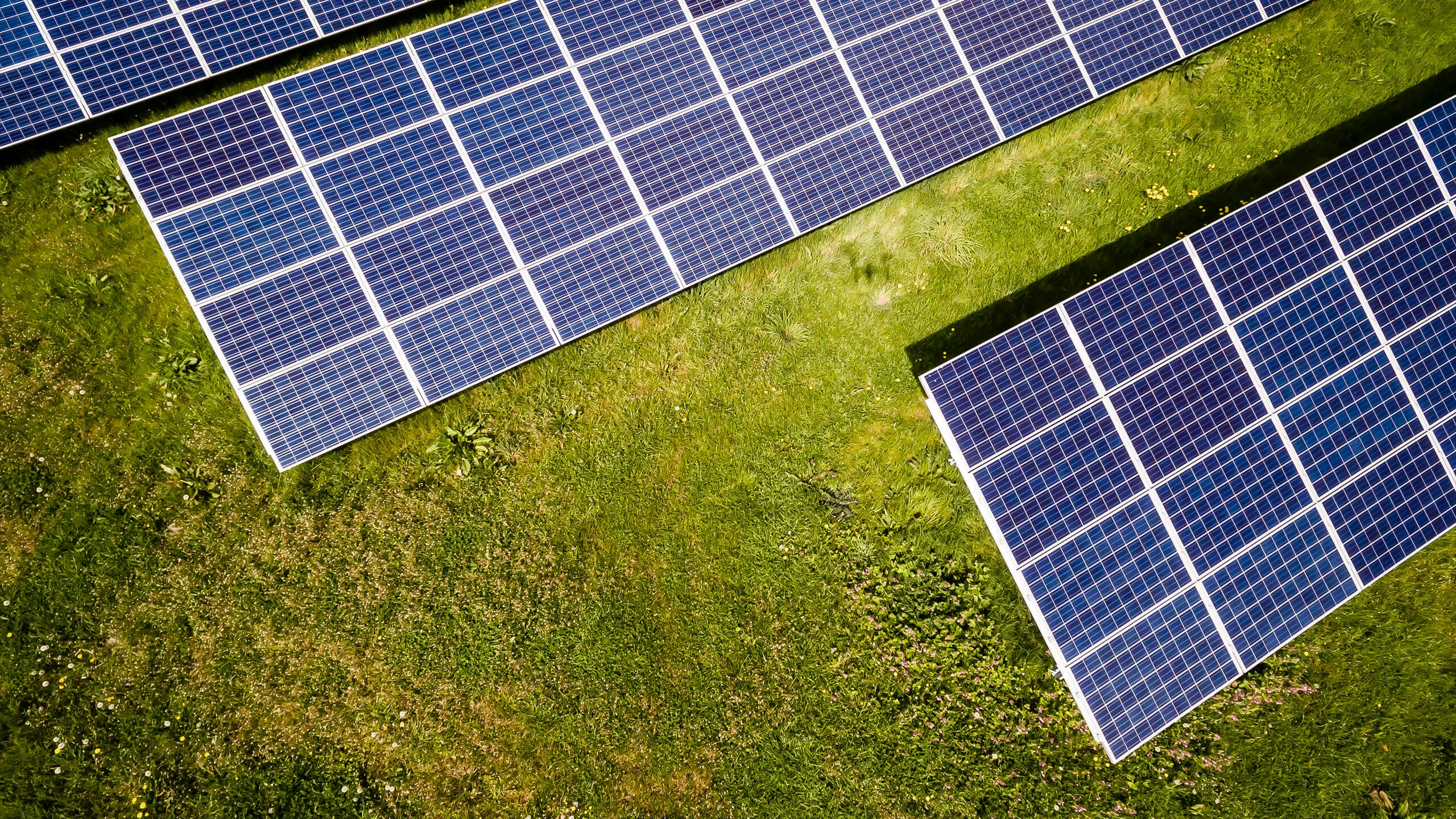Ravenswood, West Virginia, may not seem like a stop on the map of the Great American Road Trip; however, it’s a bastion of clean energy progress. The town is home to metal supplier and fabricator Timet’s new titanium melting facility. This plant will be powered entirely by an independent solar microgrid run by BHE Renewables.
BHE Renewables says a 2,000-acre site will house a solar and storage plant, the largest in the world. The energy will power two electric furnaces at the facility. Timet will make aviation components out of scrap and sponge titanium. Scraps are pieces of molded titanium that are melted down and reprinted. The sponge is a high-purity, coarse powder or granular form of the metal.
The factory will increase the domestic supply of titanium in the U.S. The country has long imported sponge and scrap versions of the metal from nations like Japan. Titanium imports hit a record high in 2023 with more than 42,000 metric tons. As the renewable energy and electric vehicle (EV) industry starts to boom, domestic supply chains are being prioritized to cut down on foreign reliance. Timet’s plant is one cog in the domestic titanium supply chain machine.
Demand for titanium is rising since it is used in so many products. Smartphones, watches, golf clubs, and other consumer products are built with the metal, which is twice as light as steel and twice as strong as aluminum.
Planes and military equipment use tons of it, and titanium also goes into hydrogen electrolyzers. More domestic supply will lower production and logistics expenses.
Once fully online, the microgrid is expected to deliver up to 420 megawatt hours of power. Our Next Energy, a startup specializing in high-efficiency battery and solar technology, is installing panels and storage systems. The company’s Aries grid will power the microgrid.
The project was announced in March 2023, followed by a groundbreaking event. The microgrid is supposed to go partially online by 2025 but won’t be at full capacity until 2027.

Photo Courtesy BHE Renewables
If the timeline is followed, BHE says the lot — a former aluminum plant site — will be cleared, making way for construction. West Virginia Senators Joe Manchin and Shelley Moore Capito praised BHE, Timet, and Our Next Energy for bringing the next wave of economic growth to the state.
The once-booming coal industry kept West Virginia prosperous, but the cleantech revolution has caused more coal mines and plants to shutter. However, most renewable energy jobs require skills that those in fossil fuel possess, and a seamless transition to solar power will create hundreds of jobs in construction, maintenance, and operations.
“We’re part of America; we’re the energy force of America,” Manchin remarked at the March 2023 announcement event. “How do you continue that? You have to be open for change.”

Photo Courtesy Jaime Marrero
Timet’s plant will melt titanium without creating any emissions. The melting point is 1,800 degrees Fahrenheit and must be reached with chlorine gas and petroleum “coke” coal. It undergoes a molten magnesium treatment, creating a sponge-like metal. It’s crushed and melted into ingots, coils, and bars. This energy-intensive process needs a reliable and consistent power source.
Timet expects the facility will cost around $500 million to build. BHE didn’t disclose the financials involved in the solar microgrid setup. Officials said the microgrid is eligible for Inflation Reduction Act tax credits.





